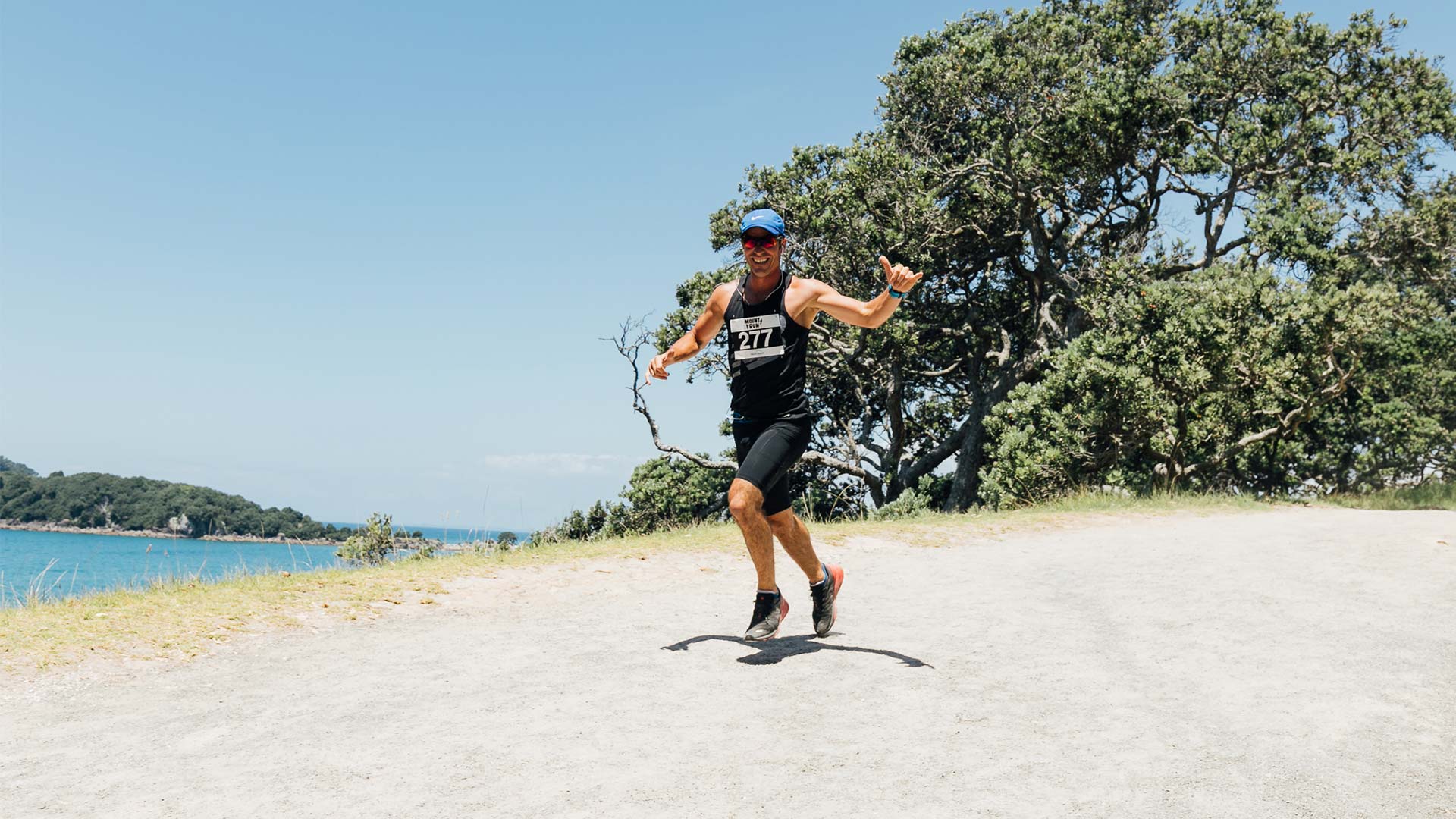Over the coming months, I will take you through the things you need to be thinking about as you get towards the race. This is by no means the hard and fast rules for approaching this race, but having done it plenty of times before, I’ve figured out how to get to race week with the best preparation and least amount of stress.
I will go into more detail on the months of October to January in future posts, but below are my suggestions for September.
Check out more info on Rob and Foot Traffic Coaching
September – T minus 5 Months:
Start to build your aerobic fitness. Now, this is a fairly wide-ranging thing because some of you may already be quite fit and have had a few years of experience in Triathlon, but for some of you, this may be the first time you are dipping your toes in something of this distance. Regardless of where you sit on the continuum, the same rules apply.
